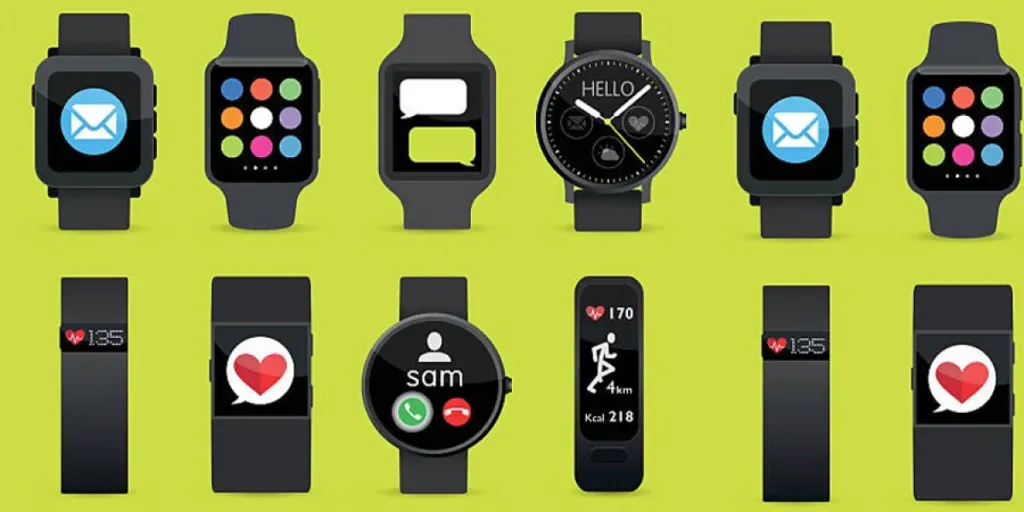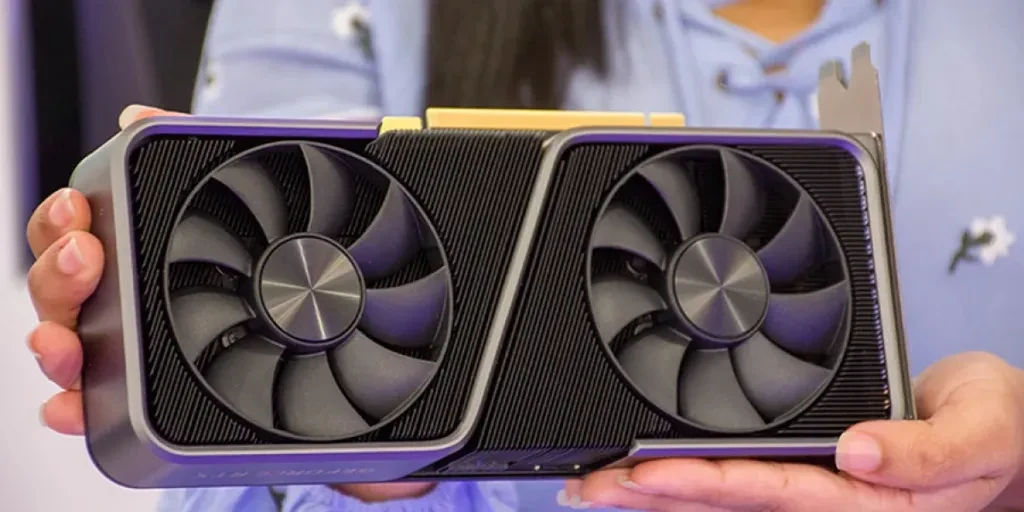It hasn’t been long since the Wi-Fi 6 and 6E standards were released, and many recently upgraded. But technology waits for no one, as the next version, Wi-Fi 7, is already here. Like the earlier versions, Wi-Fi 7 offers faster speeds, lower lag, and better multiple-device handling—it’s the definition of next-generation Advanced WiFi.
Although some people haven’t fully settled into their new 6 and 6E setup, others will be looking to upgrade, and Wi-Fi 7 may be what they’re looking for. Forget the previous expensive models; Wi-Fi 7 routers have become more affordable.
The best part is that newer devices like Apple’s iPhone 16 support the Wi-Fi standard, so consumers aren’t far away from enjoying the Wi-Fi 7 benefits. But before adding these routers to your stock, it’s a good idea to learn more about them and how to choose the best one consumers will rush.
So, keep reading to discover everything retailers should know about Wi-FI 7 routers in 2025.
Table of Contents
How “upgraded” is Wi-Fi 7?
What are the real-life benefits of Wi-Fi 7?
How does Wi-Fi 6E compare to Wi-Fi 7?
1. Wider channels
2. Multi-link operation
3. Higher QAM
4. Specifications
Other things to consider when choosing Wi-Fi 7 routers
1. Range
2. Ports
Bottom line
How “upgraded” is Wi-Fi 7?

Wi-Fi 7 brings some massive updates compared to Wi-Fi 6 and 6E, offering the fastest speeds (up to four times the speed of the previous IEEE Standard). Beyond that, consumers can enjoy smart improvements that reduce lag, improve stability/efficiency, and handle more devices better.
Although Wi-Fi 7 is an upgrade, not everyone can enjoy its benefits. So, manufacturers made the standard backward compatible so consumers can still enjoy the Wi-Fi 6/6E standards while slowly upgrading their gadgets to enjoy the newer features and better performance of Wi-Fi 7.
Note: These upgrades can include new routers, access points, and updated devices (smartphones, laptops, and TVs), presenting even more opportunities for retailers to increase sales.
What are the real-life benefits of Wi-Fi 7?
Wi-Fi 7’s benefits look good on paper, but what can consumers do with them? For starters, these improvements are perfect for streaming high-quality videos. Users will also have excellent performance with cloud gaming and AR/VR, all applications that need low lag and high speed.
If consumers have congestion and interference issues, Wi-Fi 7 can help fix that, especially in crowded areas with overlapping networks and many devices. It’s network management also offers a noticeable upgrade for businesses and larger venues.
How does Wi-Fi 6E compare to Wi-Fi 7?

But how does Wi-Fi 6E stand up to Wi-Fi 7? Both standards promise to open the 6-GHz band, and Wi-Fi 7 will still use the same bands as its 6E counterparts. So, what exactly are the differences? Here is a look at three of them:
1. Wider channels
All WiFi bands have different channels. The 2.4-GHz band has 11, each 20 MHz wide. On the other hand, the 5-GHz band offers up to 45 channels that can combine to form 40-MHz or 80-MHz channels.
Now, the 6-GHz band is where things get interesting. Wi-Fi 6E includes 60 channels up to 160 MHz wide. However, Wi-Fi 7 takes it further, supporting channels up to 320 MHz wide—and the wider the channel, the more data it can carry and the higher the additional spectrum capacity. Think of it like roads: a single-lane road can handle less traffic than a three- or six-lane superhighway.
2. Multi-link operation
Multi-Link operation (MLO) is one of the most exciting features Wi-Fi 7 offers. Previous Wi-Fi versions connect two devices on a single band at a time, with even tri-band Wi-Fi 6E routers choosing only one band (2.4-GHz, 5-GHz, or 6-GHz) and a specific channel for the connection.
MLO changes everything by allowing multiple frequencies across different bands to work together in a single connection. A Wi-Fi 7 router can connect to a Wi-Fi 7 device simultaneously using two or more channels from various bands. The result is wider, faster “lanes” for data.
Beyond speed, MLO also boosts efficiency. A Wi-Fi 7 router can detect congestion or interference and switch to the best available channel, maintaining a stable connection with low latency. It can also help offset the shorter range of the 6-GHz band, ensuring smooth connectivity throughout the home, especially if consumers use a mesh Wi-Fi system.
3. Higher QAM
Quadrature Amplitude Modulation (QAM) is a technique Wi-Fis uses to send and receive data over radio-frequency waves. Higher QAMs often mean the device can transmit more data. Wi-Fi 7 introduces 4K-QAM, compared to 1,024-QAM in Wi-Fi 6 and 256-QAM in Wi-Fi 5.
However, higher QAM levels come with trade-offs. Signal strength, background noise, and interference can limit their effectiveness. As QAM levels increase, the range decreases, increasing the need for a stronger signal.
For example, Wi-Fi 6’s jump to 1,024-QAM boosted data rates by about 25% over Wi-Fi 5. Then, Wi-Fi 7’s 4k-QAM offers a further 20% increase in peak performance, regardless of environmental factors.
4. Specifications
| Version | Wi-Fi 6E | Wi-Fi 7 |
| Gbps wireless speeds (max) | 9.6 Gbps | 46 Gbps (higher speeds) |
| Data bands | 2.5, 5, and 6 GHz bands | 2.5, 5, and 6 GHz |
| Bandwidth (Channels) | 20, 40, 80, 80+80, and 160 MHz | Same with Wi-Fi 6, but with 320MHz. |
Other things to consider when choosing Wi-Fi 7 routers
1. Range

Wi-Fi 7 routers (like HomeShield) typically cover about 2,000 square feet, sufficient for apartments or small, single-story homes. However, larger homes with multi-stories and thick brick walls will have a better experience with mesh systems. Although Wi-Fi extenders can boost consumers’ wireless coverage, they can switch between networks manually. Even worse, retailers won’t find any extender that supports Wi-Fi 7.
2. Ports

Consumers will often choose the number of Ethernet ports on their router based on the number of devices they want to connect directly. Even if they only want to hook up one or two computers, they may add more devices that require an Ethernet connection.
So, it’s a good idea to stock routers with a few extra ports and explain to consumers why they may need them to cover future needs. Sure, they can add more ports later with a network switch, but starting with at least four Gbps Ethernet ports will offer a better experience.
Many Wi-Fi 7 routers also include USB ports, which can be handy for connecting devices like flash drives or external hard drives. It allows users to access stored files across their home network easily.
Bottom line
Wi-Fi 7 systems are still quite expensive, but prices are declining. Many manufacturers are lowering the cost of their flagship routers and introducing more affordable midrange and entry-level options. On the device side, Wi-Fi 7 is becoming increasingly common in smartphones and laptops.
The latest flagship models from Apple, Google, and Samsung all support Wi-Fi 7. Major chipmakers like Qualcomm, Intel, Broadcom, and MediaTek also produce Wi-Fi 7-certified chipsets. Other hi-tech devices like smart TVs will also get the Wi-Fi 7 treatment. Even better, the Wi-Fi Alliance predicts that over 233 million Wi-Fi 7 devices will hit the market in 2024, reaching 2.1 billion devices by 2028, so now’s the best time for retailers to jump in.





 বাংলা
বাংলা Nederlands
Nederlands English
English Français
Français Deutsch
Deutsch हिन्दी
हिन्दी Bahasa Indonesia
Bahasa Indonesia Italiano
Italiano 日本語
日本語 한국어
한국어 Bahasa Melayu
Bahasa Melayu മലയാളം
മലയാളം پښتو
پښتو فارسی
فارسی Polski
Polski Português
Português Русский
Русский Español
Español Kiswahili
Kiswahili ไทย
ไทย Türkçe
Türkçe اردو
اردو Tiếng Việt
Tiếng Việt isiXhosa
isiXhosa Zulu
Zulu